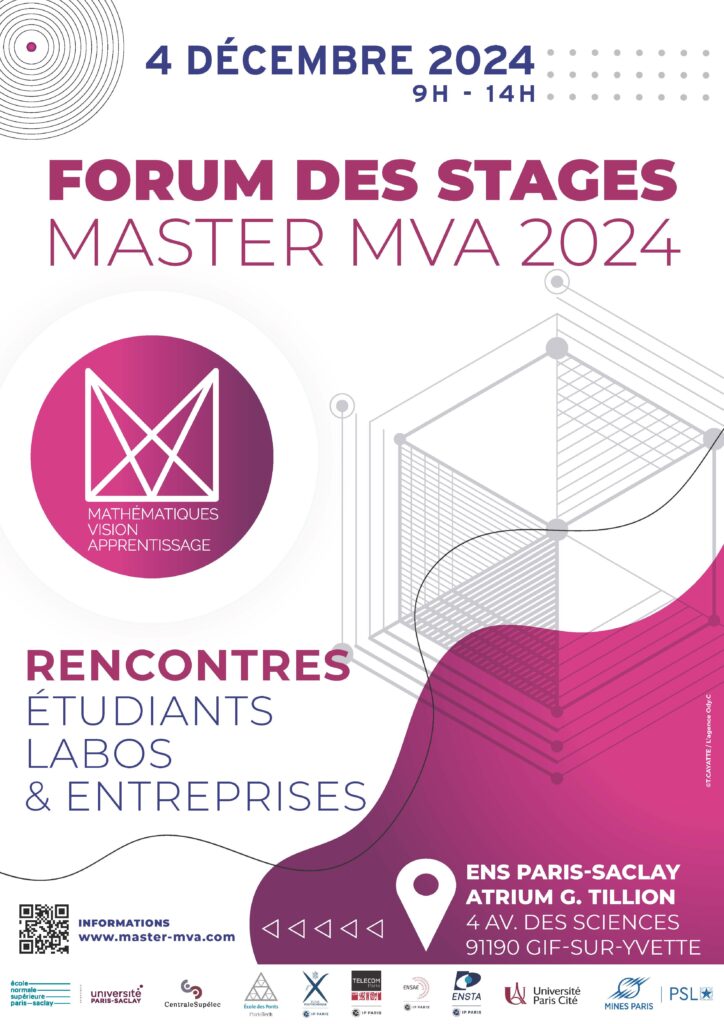Prè-requis
There is no official prerequisite for this course. However, the students are expected to have basic knowledge of Python.
Objectif du cours
With the increase of computational power and amounts of available data, but also with the development of novel training algorithms and new whole approaches, many breakthroughs occurred over the few last years in Deep Learning for object and spoken language recognition, text generation, and robotics. This class will cover the fundamental aspects and the recent developments in deep learning in different domains: Computer Vision, Natural Language Processing, and Deep Reinforcement Learning.
Mode de validation
The evaluation of the course will be based on 2 individual mini-projects on object recognition, natural language processing, and reinforcement learning.
Learning objectives
The course aims to introduce students to Deep Learning through the development of practical projects. We expect that by the end of the course, the students will be able to implement and develop new methods in different domains.
Reading material :
Deep Learning. Ian Goodfellow, Yoshua Bengio, and Aaron Courville, MIT Press, 2016.
Resources:
– Software tools: Python, Keras, PyTorch
– Related conferences: NIPS, ICML, ICLR, CVPR, ECCV, ICCV
– Related Courses: Deep Learning in Practice (second semester)
Références
– Software tools: Python, Keras, PyTorch
– Related conferences: NIPS, ICML, ICLR, CVPR, ECCV, ICCV
– Related Courses: Deep Learning in Practice (second semester)
Thèmes abordés
Each section of the course is divided into 1h30′ lecture and 1h30′ lab. The labs will allow the students to start developing the mini-projects on which the evaluation is based, and receive feedback.
Structure :
Each section of the course is divided into 1h30′ lecture and 1h30′ lab. The labs will allow the students to start developing the mini-projects on which the evaluation is based, and receive feedback.
Content (table of contents)
– history of deep learning and its relation to cognitive science;
– feedforward networks, regularisation and optimization;
– representation learning & siamese networks;
– GAN & transfer learning;
– recurrent networks and LSTM for Natural Language Processing;
– object detection;
– self-supervised methods;
– deep reinforcement learning.
Evaluation:
The evaluation of the course will be based on 3 individual mini-projects on object recognition, natural language processing, and reinforcement learning.
Vincent Lepetit
(Université de Bordeaux)
